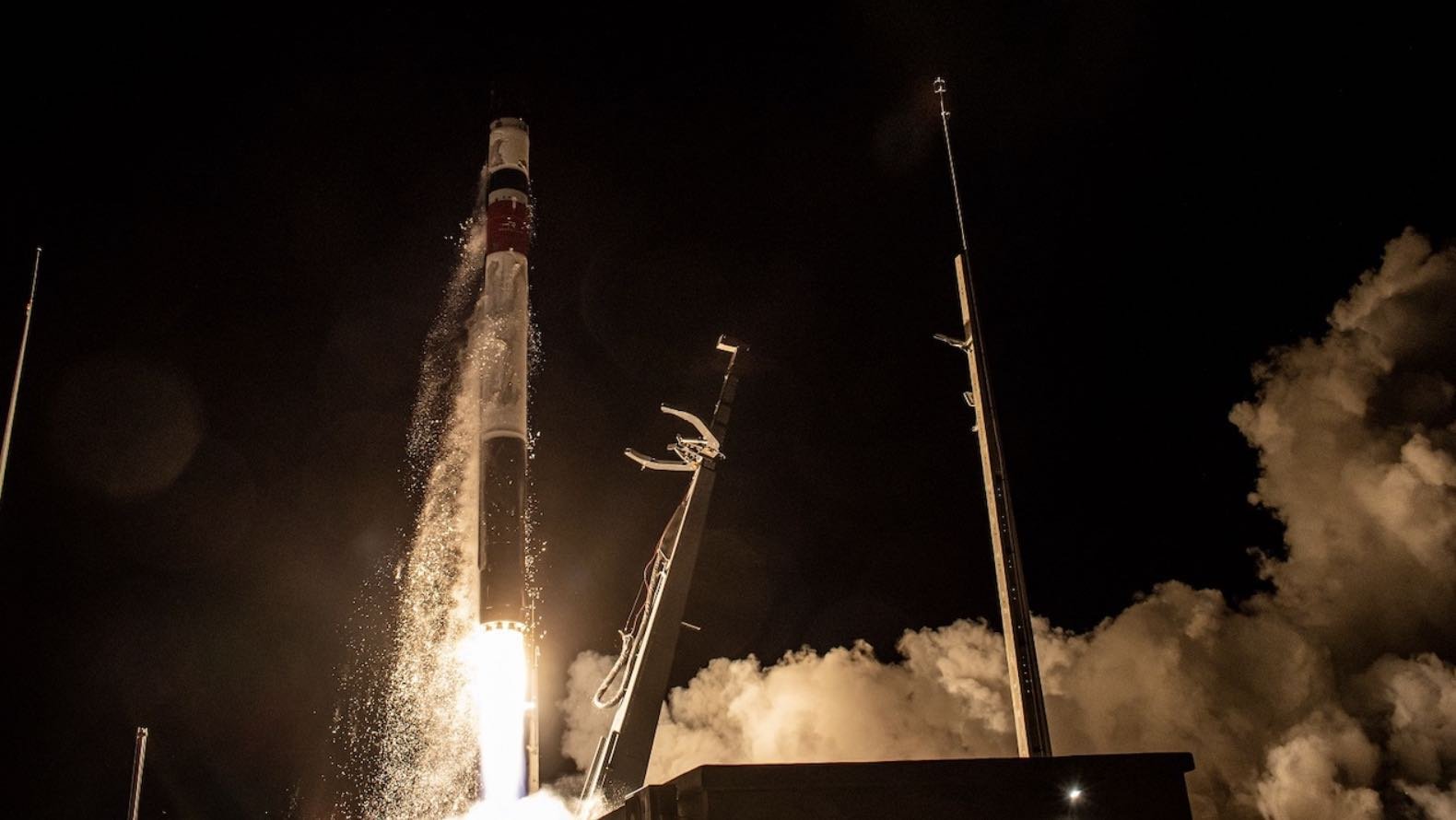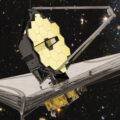Aerospace company Rocket Lab has successfully deployed a satellite on a mission to inspect orbital debris as part of an effort that aims to reduce the amount of space junk, the company announced on Monday.
The news came following the launch of Rocket Lab USA’s 44th Electron rocket, which carried an inspection satellite developed by Astroscale Japan Inc. (ADRAS-J) to orbit.
Part of an aptly named mission called “On Closer Inspection,” the launch lifted off from Rocket Lab’s Launch Complex 1 in New Zealand this morning.
The Active Debris Removal inspection satellite (ADRAS-J) is designed to perform tests of several technologies and other experiments once it reaches its position in orbit, where it will approach and monitor debris that currently litters Earth’s orbit.
The current mission represents phase one in an ongoing assessment that will enable future efforts to deorbit objects and support overall sustainability for future space operations in space.
Concerns have mounted over the growing number of objects in orbit in recent years. According to 2023 estimates, more than 100 trillion pieces of space junk leftover from past operations are currently orbiting the planet, most of which are smaller than one centimeter in width.
In 2022, one report warned about the possibility that deaths or injury may result from space junk sometime within the next decade.
Last March, similar concerns prompted an international group of scientists, space technology professionals, and ocean pollution experts to call for a legally binding treaty to protect Earth from space junk that could result from expanding industries operating in Earth’s orbit in the coming decades.
The ADRAS-J satellite’s first objective will be an inspection of the leftover Japanese H-2A rocket stage from 2009, which will provide data that will aid future efforts to deorbit such objects.
The rocket stage remained in orbit following the launch of the GOSAT Earth observation satellite and will be observed by ADRAS-J using its array of cameras and sensor capabilities.
To ensure a successful rendezvous with the H-2A upper stage, precise launch times and orbital operations were required. Rocket Lab said in a statement issued on Monday that it received the final mission details, which included final perigee, apogee, and inclination for the launch less than three weeks before liftoff, which offered a narrow window for preparations that usually take months to complete.
“The mission demanded highly accurate orbital insertion with tighter margins than required on most standard missions,” the company said in Monday’s statement, adding that the exact launch time was finally determined just one day before the launch of the company’s 44th Electron rocket, all of which showcased Rocket Lab’s “capability to deliver rapid and responsive advanced guidance, navigation and control analysis.”
You can find more details about Rocket Lab’s latest capabilities with its Electron rocket at its website, and images and video from Monday’s launch can be found here.
Micah Hanks is the Editor-in-Chief and Co-Founder of The Debrief. He can be reached by email at micah@thedebrief.org. Follow his work at micahhanks.com and on X: @MicahHanks.

